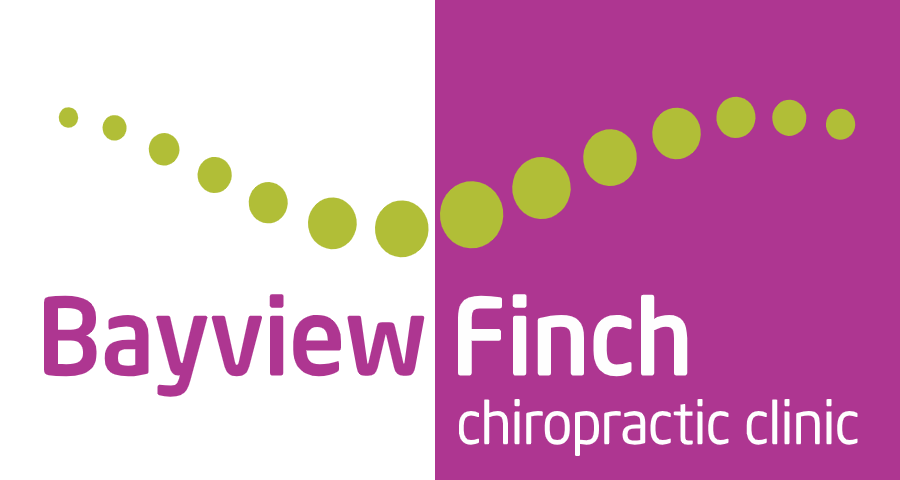At Bayview Finch Chiropractic Clinic, Dr. Gorchynski primarily provides instrument-based care for the success and comfort of the patient and accuracy of the treatment; on occasion should a reason warrant it, he will manually adjust using a complementary technique. The majority of research studies have shown that both manual and instrument approaches produce similar results in terms of patient care and recovery, both forms of adjusting are very safe with extremely low risks of injury and side effects — so the approach that better suits you is usually is a matter of patient preference. Below is additional information on both approaches for further insight.
traditional, Manual or ‘Hands-on’ Adjustments
When you think of a chiropractor, images of someone using their hands to push or twist your back until you hear a “pop” is what comes to mind first for most people. Even amongst traditional hand or manual adjustments there are many different techniques such as Diversified. The “pop” that is heard is thought to be caused as your joint is moved through it’s normal range of motion until negative pressure is created inside the joint resulting in gasses within your joint coming together. Another type of manual adjustment might use a drop-away table to facilitate the adjustment. With these adjustments, the chiropractor will push on a your back in coordination with a moving part of the table that drops away at the same time the thrust is delivered
Pros: One of the primary benefits of manual adjustments is the sensory feedback from the patient. Through the sense of touch, chiropractors are able to “read” a patient’s musculoskeletal system.
Cons: For the same reason that manual manipulation can be better, it can also be worse. As hands and touch are the tools used for adjustments, this means applying targeted force to a specific area may not be as accurate with manual adjustments, and the chiropractor is limited to the strength and control of their own hands. Throughout a full day of practice, hands and arms may tire due to overuse. Therefore, instruments do provide an alternative advantage to manual adjustments and aid in a chiropractors ability to perform manual adjustments by saving your hands for when they’re needed most.
Instrument-Assisted Adjustments
The most commonly used technique that utilizes an instrument to deliver the chiropractic adjustment is Activator Method, as detailed above. One substantial difference between a traditional hand adjustment and an Activator adjustment is that the Activator adjustments will oftentimes seem lighter than the manual adjustment. The reason for this is because the thrust from an Activator instrument is faster than the thrust from our hands and so less force is typically needed in the adjustment.
Pros: Instrument-assisted adjustments such as those provided when using an ArthroStim instrument can deliver the same amount of force as a manual adjustment focused on a smaller area. This results in lower impact adjustments, which can be very meaningful if the patient has recently been in an automobile accident or if they’re elderly. Instruments like the ArthroStim have an increased degree of accuracy. Smaller, more targeted adjustments also result in quicker adjustments, giving you more time to investigate the problem, discuss care options with your patient, and spend more time on the other aspects to the chiropractic visit.
Cons: Devices like these can be expensive. The cost can be prohibitive if you’re just starting a practice or have other costs to contend with. Training on the device is needed to ensure you’re using it properly. Many devices have maintenance costs such as repair, software updates, etc. which can increase the cost of using them.

